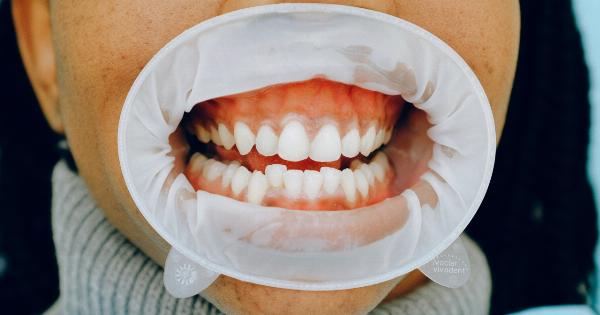Gum health is an essential component of overall oral health. Healthy gums provide a solid foundation for strong teeth and can indicate the absence of dental issues.
On the other hand, unhealthy gums can be indicative of various dental problems such as gum disease, infection, or underlying health conditions. Knowing the signs that show the health of gums is crucial in maintaining and improving oral health. This article highlights ten key signs to help individuals assess the health of their gums.
1. Pink and Firm Gums
Healthy gums should have a pink color rather than red or swollen. They should also feel firm to the touch and not appear puffy or inflamed. When gums are pink and firm, it signifies good blood circulation and a lack of inflammation or infection.
2. Minimal or No Bleeding
Bleeding gums are often an early sign of gum disease, also known as gingivitis. Healthy gums should not bleed during regular activities such as brushing, flossing, or eating.
If you notice bleeding, it may indicate the need for improved oral hygiene or a visit to the dentist.
3. Absence of Persistent Bad Breath
While occasional bad breath can be normal, persistent bad breath, or halitosis, may suggest underlying gum disease.
Foul-smelling breath from the mouth, despite regular brushing and flossing, may indicate the presence of bacteria and infection in the gums.
4. No Receding Gums
Gum recession occurs when the gum tissue gradually pulls away from the teeth, exposing the roots. Healthy gums should cover the entire root structure, protecting it from sensitivity and tooth decay.
If your teeth appear longer than usual or you notice exposed roots, it’s important to consult a dentist.
5. Minimal Sensitivity or Discomfort
Healthy gums should not cause pain, discomfort, or sensitivity. If you experience pain while brushing, flossing, or eating, it could be an indication of gum disease, cavity, or other oral health problems.
6. Consistent Gum Texture
The texture of gums should be consistent throughout the mouth. Any variations, such as lumps, bumps, or sores, could indicate infection, inflammation, or oral lesions. A smooth and even gum texture is a positive sign of gum health.
7. Tight Gum Attachments
Gums that are tightly attached to the teeth help maintain the stability and health of the entire oral cavity. If gums appear loose, detached, or create spaces between the teeth, it could be a sign of gum disease or other oral health concerns.
8. No Pus or Swelling
Pus or swelling around the gums is a clear indication of an infection, usually associated with gum disease. Healthy gums should not have any signs of pus-filled pockets or significant swelling.
9. Adequate Gum Coverage between Teeth
The gum tissue should fill the space between each tooth, forming a protective seal. If there are gaps or exposed areas between the gums and teeth, it may suggest gum recession or other gum-related issues that require attention.
10. Absence of Painful or Bleeding Gums During Dental Visits
Regular dental check-ups often involve professional cleanings and examinations. If your gums bleed or hurt during these visits, it could indicate the presence of gum disease or other oral health problems.
Conclusion
Maintaining healthy gums is vital for overall oral health. Regularly monitoring the signs mentioned above can help identify potential gum problems early on, allowing for prompt treatment and prevention of more severe dental issues.
If you notice any concerning signs related to gum health, it is advisable to seek professional dental advice and treatment.



























